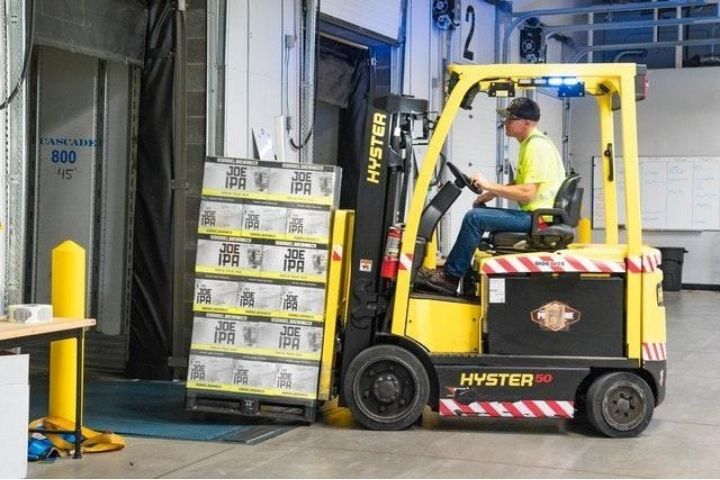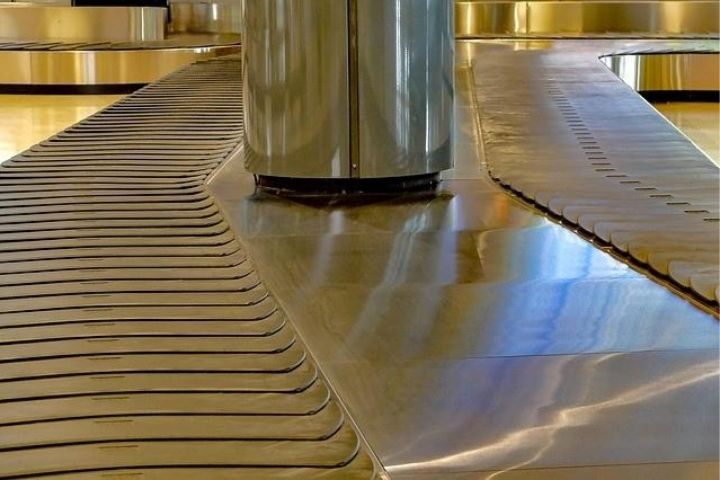When a device requires precise control, developers turn to servo motors. A servo motor is a rotary actuator or linear actuator that helps a device achieve great precision in velocity, acceleration, and angular or linear position. For the servo motor to produce motion, the control system sends a signal to the AC or DC servo drive. From there, the signal is amplified and the electric current is transmitted, which enables the servo motor work.
Let’s take a look at some of the common applications of servo motors in different industries.
Elevator Technology
Elevators allow safe transportation of people or items from one floor of a building to another. Some time ago, elevators operated with simple rope or chain hoists. Today, they are equipped with different components, some of which are speed governors, buffers, shaft, drive units, and servo motors.
Servo motors are an important feature of an elevator. They make sure that the pulley of an elevator moves in the correct direction. It also ensures smooth functionality.
There are two common types of elevators: traction and hydraulic. In traction elevators, servo motors work like a sheave and come with steel cables and a counterweight that allows the raising and lowering of the cab like a hoist. Meanwhile, servo motors in hydraulic elevators are equipped with pistons and pump hydraulic fluid that enables the cab to move.
Cameras And Antenas

Servo motors also play a big role when it comes to cameras. This generation’s cameras are packed with various features, one of which is the ability to auto-focus on a subject to be captured. The digital signal processor of a camera verifies the sharpness of an image. If the focal length is not positioned properly, the image will turn out blurred. Servo motors help in moving the lens into a precise position to prevent out-of-focus images.
Antenna control systems likewise reap the benefits of servo motors. Antennas are used in tracking satellites. Therefore, there is a high demand for them to carry precise and dynamic positioning capabilities. Overall, servo motors help antennas get the best signal reception possible. They are implemented for the positioning of the azimuth, as well as the elevation drive axis of antennas and telescopes, similar to the ones used by The National Radio Astronomy Observatory (NRAO).
Robotics
Robotic applications that require precise positioning rely heavily on servo motors. Indeed, robotics is used in different industries like welding and vehicles.
In welding, servo motors are installed in the joint of the robotic welding arm. They are used to actuate movements and enable the robot arm to move at a precise angle.
Servo motors are also applied in the steering system of autonomous vehicles that are used for bomb disarming or disposal. The motor can control the vehicle’s speed and can generate the appropriate amount of torque to start, move, and stop the robot.
Robotics use servo motors because they are small, powerful, and can easily be programmed to achieve perfect repeatability of motion. Servo motors can also work on humanoids, hexapods, and bipeds. And compared to a stepper motor circuit, servo motors are lighter and more reliable.
Industrial Production
The industrial sector highly depends on servo motors in their processes.
Manufacturing plants consider conveyor belts as an essential part of their production. They are used to transport items from one area to another, minimizing labor time and costs. The function of servo motors is to start, move, or stop conveyor belts when relocating products.
Servo motors are also used in metal fabrication machines. They help achieve precise motion control for cutting, grinding, bending, pressing, and more.
CNC manufacturing machines and processes also take advantage of features of servo motors. Lathes, or wood-turning mechanisms controlled by servo motors, can shape stair spindles or table legs with great precision. Servo motors likewise ensure proper auguring and drilling of holes for setting up products.
Weaving is one of the common methods applied in fabric production in the textile industry. Therefore, weaving machines are a valuable part of the process. These machines come with complex and non-linear motion sequences and timing. Hence, they utilize servo motors to assure that the demand for high cycle and acceleration rates are met.
Material Handling

The material handling sector is essential in terms of the transportation, storage, and distribution of different raw materials and other kinds of goods. The industries it mostly serves include e-commerce, agriculture, logistics, and more. The material handling process involves a wide range of manual, semi-automated, and automated equipment and systems to make jobs easier. Material handling equipment, including nesters and stackers, use servo motors to deliver positioning accuracy. Either an AC or DC servo drive controls the motors to create complex motion profiles, such as starting or stopping at specific times.
Servo motors serve an important role in many industries. In fact, the growth of servo motors, together with the AC or DC servo drive market, is projected to reach USD 16.8 billion by 2025. Various business sectors use servo motors in their processes for several reasons. Nevertheless, servo motors are mostly known for their ability to deliver precise positioning and overall exceptional performance.
To learn more about servo motors and other technology used in various industries, check out our other similar articles here!












Leave a Reply